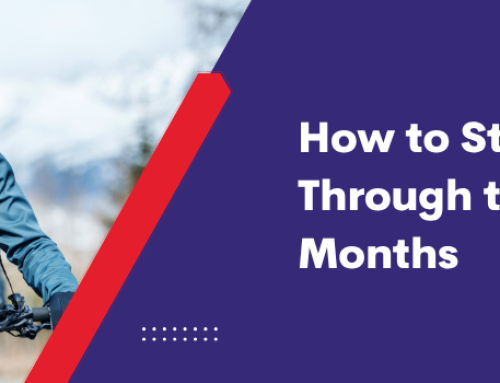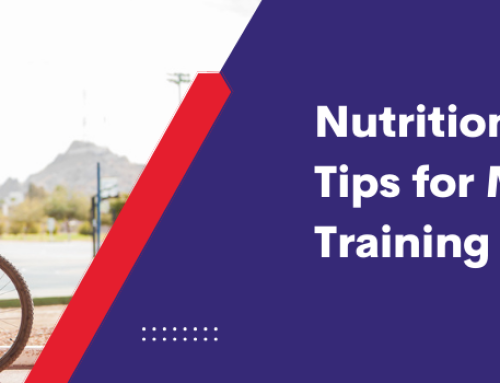Training for a long distance cycle race requires very different skills than you might employ during your everyday commute. Participants might be experienced in day to day riding, but the challenges of a team ride are very different.
This is why it is essential to work on some essential skills as part of your preparations. Getting some real world experience can help to ensure everyone is able to ride safely and without risk of injury on race day.
It’s easy to assume that training on a static bike in the gym is enough, but it’s essential that you have some knowledge of riding on the open road before race day, as this will help to improve your time and ensure that nothing is able to rattle you.
Training on London cycleways
The best way to train for a cycling challenge in London is to get some real world experience. But we understand that this can be daunting outside of the comfort of an organised race.
While some roads are closed on the day of the race, and cyclists will have the reassurance of safety in numbers, there are also open stretches of road to contend with. This means riding alongside traffic, and ensuring that you are protecting yourself and making your presence known.
It’s helpful if your riding team can get out onto the roads and train together, as this will help you to cement your team dynamic. Who will lead, who will follow, how will you determine pacing and how will you communicate?

London routes for training
The best option for training ahead of your race is to explore the National Cycle Network in London. This is a network of cycle routes around the country that is signposted and optimised for cyclists. While there might not be cycle paths along every inch of the route, it’s more likely that you’ll see cycle paths than elsewhere.
For long-distance training, look at routes like the London Docklands and Lea Valley route, which is 33.3 km long and will take around 2 hours each way.
You could also explore the Thames Path which takes you from Greenwich to Tower Bridge and Putney. This route is around 8km long and should take just over 30 minutes to complete. Heading south, you can also take the Thames Path from Putney to Hampton Court. This route is around 20.2 km and will take just over an hour.
Getting some experience on the roads can help those who are used to a static bike to get used to the challenges they might face.

Safety considerations on the road
It’s not just a case of getting some experience on the road that will help to keep you safe. There are also steps you can take to minimise the risk of incidents.
First, renew your knowledge of the highway code. Approaching this as a cyclist can give you a fresh perspective. While the rules might be the same, the stakes are very different. A small bump in a car might be an inconvenience, but it could be deadly for a cyclist.
Next, make sure you have the right gear to keep yourself safe. A helmet is essential for the race, so it makes sense to get one and wear it during your training. You should also make sure you are visible, so consider investing in a neon vest. Don’t rely on a neon waterproof, as you might not need to wear this while you are riding.
Finally, make sure you are road aware and conscious of the risks around you. When cycling in a group, it’s easy to switch off and rely on safety in numbers, but you still need to ensure you are keeping an eye on what is happening around you.
Skills to work on
Riding as a large group requires some coordination and strong communication. The group at the front are navigating, setting the pace and also looking out for hazards on the ground. The group at the back are looking out for threats coming from behind while also ensuring that no one is left behind. If anyone falls back, they need to alert those at the front to slow down.
Alongside safety and road awareness, you should try to get some experience cycling together as a group ahead of your race day. It might seem like you are annoying other road users by cycling multiple riders across, but it’s important to remember that this is actually safer than single file on narrow roads. It takes much less time to overtake a cycling group riding in formation than it would take to overtake a group cycling in single file.
Drivers acting aggressively towards cyclists is another thing to be aware of and prepared for. While this is much less likely on race day, it’s something to be aware of so that it doesn’t catch you off guard and ruin your race.







Leave A Comment
You must be logged in to post a comment.